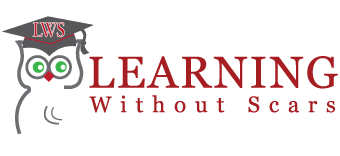Your price is a marketing tool, but most of you don’t use it that way. How often have we heard that “your price is too high” or “I can get it down the street for less?” How well customer contact personnel respond to these and other comments about your prices is critically important to your success. The price points you use should be a product of your need to make money and the competitive nature of your marketplace.
Over the years dealers have applied a methodology called “matrix pricing.” This approach started in the 1970’s and it still continues today, well beyond its useful life. We will explain how it works and we will also expose the “new” realities in price theory for the parts business. We will look into the new approach of applying an “array” of variables to develop a selling price: activity, price, competitiveness, and inventory risk. This four element array leads to several thousand mark ups designed to allow the dealer to attach a price that will be competitive, while at the same time produce an overall gross profit that allows the Company to maintain the profit required to sustain itself.
Learning the impact of a discount on your business is a critical aspect of defending your price. This class will teach you how to see the impact on gross profit and net profit. Learning how to respond to price objections and overcome them is a principle that is important to understand, and is discussed in this webinar. This program will be beneficial for anyone in the parts business that is touching customers with the responsibility for selling or customer service.
